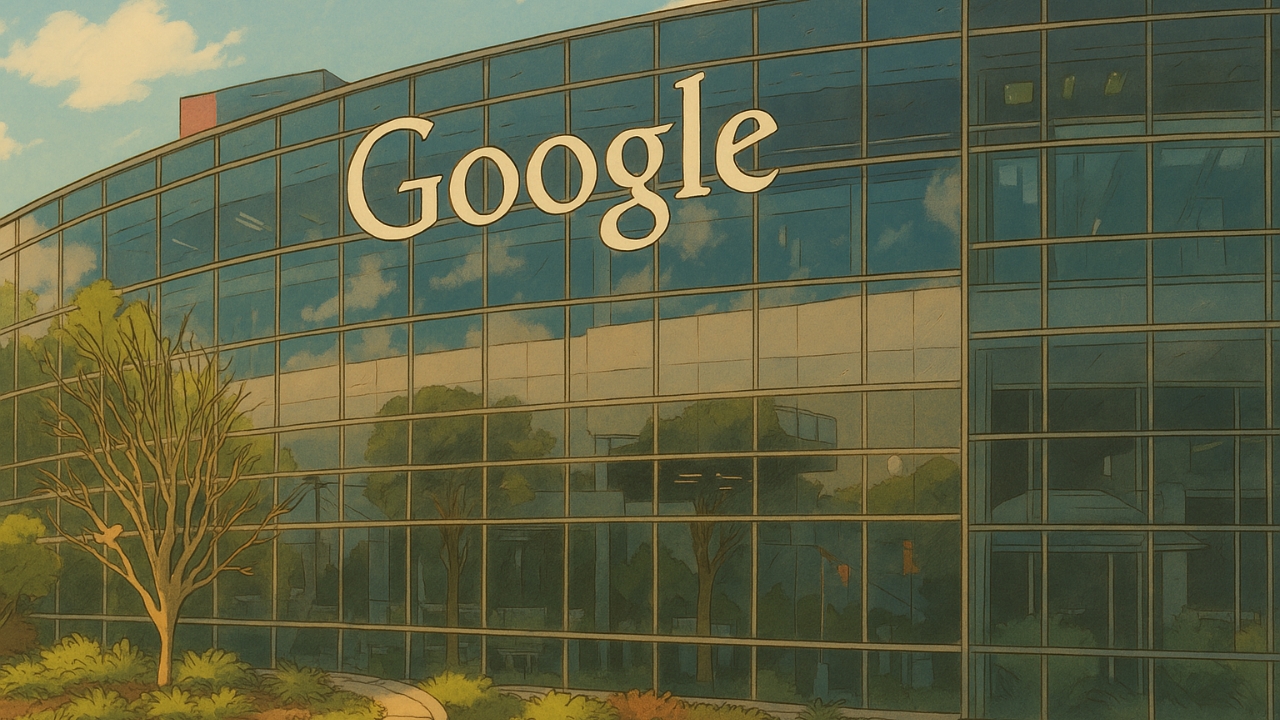In the race for artificial intelligence dominance, competition isn’t just about cutting-edge models or massive GPU clusters—it’s about people. Recently, a surprising revelation has come to light: Google is allegedly paying some of its AI researchers and engineers to do nothing for extended periods—reportedly up to a year—instead of letting them join rival firms like OpenAI, Anthropic, or Meta.
At first glance, it might sound like tech world gossip. But if you look closer, this strategy reflects deeper shifts in how tech giants are navigating an increasingly high-stakes AI landscape. This blog post will unpack what’s happening, why Google may find this strategy useful, and what it signals for the future of AI innovation, talent mobility, and workplace dynamics.
What’s Happening?
According to multiple reports and insider leaks, Google has opted to bench certain top-tier AI personnel, particularly those working in the ultra-sensitive areas of large language models and machine learning infrastructure. These employees remain on payroll, enjoying full compensation and benefits, but are not assigned active projects.
The alleged motive? Talent protection. In the arms race that is the generative AI boom, losing a key engineer to a competitor can mean more than just a résumé update—it could mean competitive leakage, trade secret exposure, or even loss of strategic leadership in critical product development cycles.
Why Would Google Pay AI Staff to Do Nothing?
While it might sound counterintuitive from a traditional business perspective, here are several potential reasons Google might consider this a worthwhile investment:
- Talent Retention through “Golden Handcuffs”
By offering generous compensation and long-term contracts, Google effectively creates a golden cage. Even if an employee isn’t actively contributing to a project, they’re prevented from immediately boosting a rival.
- Non-Compete Workaround
In jurisdictions where formal non-compete clauses are difficult to enforce, this method offers a soft workaround. By keeping the employee on the books, Google delays their potential to work elsewhere—legally.
- IP and Knowledge Containment
Top AI researchers often carry invaluable institutional knowledge. Bench time can serve as a buffer to cool off proprietary insights, minimizing the risk of sensitive information being transferred to competitors.
- Strategic Redeployment
Sometimes, it’s about timing. A lull in active projects doesn’t mean talent won’t be needed in the near future. Having top researchers on standby gives Google flexibility to rapidly spin up new initiatives.
What Does This Mean for the AI Job Market?
This development says a lot about where the AI industry is heading:
- AI Talent Is Scarce and Precious: The fact that companies are willing to pay for inactivity shows just how irreplaceable top-tier talent has become in this domain.
- Workplace Culture May Shift: More tech workers may begin to expect similar compensation structures, leading to further stratification between elite researchers and rank-and-file engineers.
- Innovation vs. Stagnation: While protective of IP, such tactics can stifle innovation if top minds are benched rather than building. That’s a risk not just for the companies involved, but for the AI ecosystem as a whole.
Ethical and Operational Questions
There’s an ethical layer, too. Is it fair to sideline people for competitive advantage? Should innovation be bottlenecked by corporate tug-of-wars? Some experts argue that this behavior reflects a monopolistic tendency and may raise regulatory eyebrows in the future.
Moreover, there’s the question of employee satisfaction. For highly driven researchers, being paid to sit idle may not be as appealing as it sounds. Frustration and intellectual stagnation could drive them to eventually exit the company, non-compete or not.
Conclusion
Google’s approach to retaining its top AI minds—even if it means sidelining them—isn’t just about keeping employees away from rivals. It’s about playing a long game in an industry where today’s innovation can become tomorrow’s competitive edge.
While this strategy may make sense in the short term, it also raises important questions about the health of the AI sector, the ethics of talent management, and how companies can balance protection with productivity.
As the generative AI boom accelerates, expect more stories like this—and more scrutiny about how Big Tech handles its most valuable resource: human intelligence.

